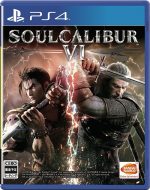
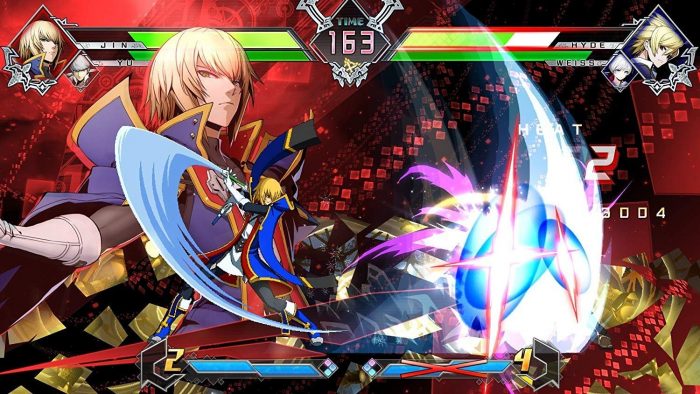
Twenty-eighteen? More like twenty-fighteen. Fighting games kicked ass this past year. We had a really hype EVO, the excellent debut of EVO Japan, an arguably even better CEO, some great matches, some great upsets, and some great fighting. So, let’s take a look back at the games that made it all happen this past year.
10. Them’s Fightin’ Herds
Why is nobody talking about this game? It started as Fighting is Magic, by far the most hyped brony fangame at the height of the Friendship is Magic popularity wave, only for Hasbro to pimp in with a C&D to take it down. But after years of retooling, it rose from the ashes like the motherfucking phoenix as Them’s Fightin’ Herds, a fast, deep and exciting indie game with more flair and better animation than what’s often found in even full-price releases. Granted, there’s little to do outside versus mode and 6 characters is almost comically small for a fighting game roster, but at $15 it knows what it is and makes every penny worth it.
9. My Hero Academia: One’s Justice
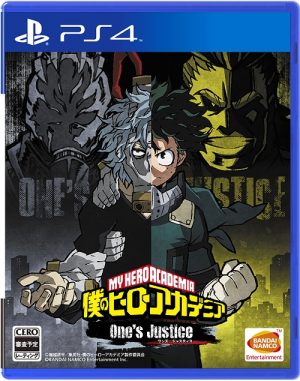
Like most anime arena fighters, One’s Justice is all about light, fun fanservice that keeps things simple. It controls pretty smoothly, has plenty of fun moments and there’s no struggle to be had in trying to play with intentionality, even though you’re not going to get much out of it if you aren’t already a HeroAca fan.
8. BlazBlue: Cross Tag Battle
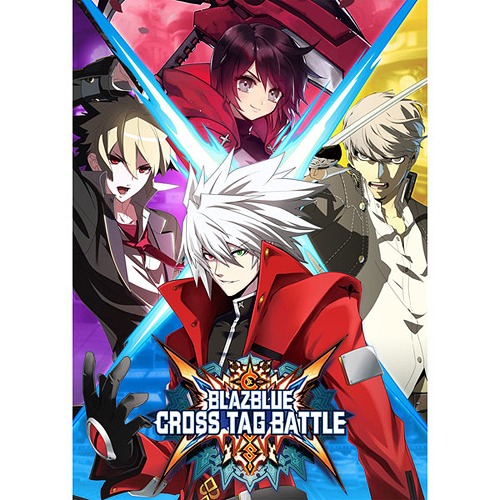
It’s the first game on our list to be released by the maestros of over-the-top anime fighters and ridiculous names, Arc System Works (and definitely not the last either). The branding around this game raises a lot of questions: “Why does it have the BlazBlue name if it doesn’t control or play like BlazBlue?” “Why does this Arc System Works crossover fighting game not have Guilty Gear, their biggest franchise?” “If they wanted to add anime characters, why would they pay more licensing money for RWBY when they already have access to the Dragon Ball license?” We sadly can’t answer any of those questions, but we can tell you that the game is a fun crossover fighter that celebrates the best aspects of a team-fighting game while also fixing its biggest weaknesses. ArcSys vets may be put off by the simplified controls, but it’s a great game in its own right and so far, the best thing available to console those mourning the premature death of Marvel vs Capcom Infinite.
7. Street Fighter 30th Anniversary Collection
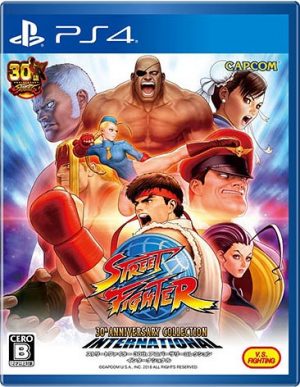
On one hand, yes, this game is an anthology of games you can already get for free on Fightcade with an already established online community, the PC port is a technical mess that’s prone to crashing and they only let you play certain modes with 4 of the assembled games, including training mode for some damn reason. But on the other hand, these are some of the best games ever made in the genre, the netcode is solid, there’s so much awesome bonus content and the emulation is on point. If you haven’t fallen in love with Street Fighter yet, what are you waiting for?
6. Soul Calibur VI
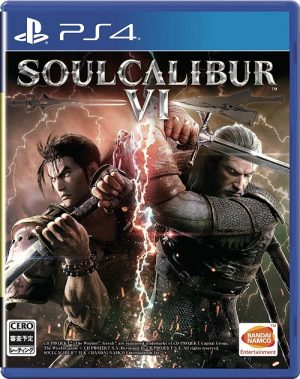
Before Tekken 7 was released in 2017 (2015 in arcades) 3D fighting games were having trouble finding prominence. It had been 7 years since Yoshihiro Tsuzuku’s masterpiece Virtua Fighter V: Final Showdown with no word on a sequel, Mortal Kombat had gone back to 2D, Namco Bandai themselves released back-to-back disappointments and temporarily went dormant as far as fighting games were concerned and cult favorites like Bloody Roar and Rival Schools were MIA and presumed dead. Thankfully, Katsuhiro Harada’s latest Tekken oeuvre has reopened the floodgates for 3D fighters and Namco Bandai themselves have shown a commitment to staying ahead of the competition by releasing this extremely polished Soul Calibur revival. Soul Calibur VI is notable for that reason alone, but there’s more to it than that, even if not all of it is good. The core game feels really fun to play, movement is fast and precise, perfectly complementing the multiple different types of attacks and the returning guard impact manoeuver. Players have a myriad of easy to use tools at their disposal with which to outwit each other, which makes the game feel fresh long after the awesome guest characters Geralt and 2B lose their novelty. What does lose novelty fast are the things that slow the game down. The cinematic supers are cool at first, but they tend to be pretty long and wear out their welcome pretty quickly, ditto for the reversal edge mechanic which triggers a different cinematic with a rock-paper-scissors-esque design where correct guesses lead to dealing and/or avoiding damage. Our shock that the developers would create an exciting movement-based game and then stop players from moving is surpassed only by the terrible day 1 DLC. It’s a shame, because this game could have been a phenomenon without these issues and to be fair, it’s still enjoyable in spite of them, but they were just enough to keep it out of the top 5.
[ad_middle]
5. Under Night in-Birth Exe:Late[st]

This updated release of 2012’s Under Night In-Birth is best described as smooth; everything from the various game modes, to the visual novel included with the game, to each and every moment of combat flow into each other like water and make for a surprisingly cohesive experience given its genre juggling. The game maintains the long stylish combos the subgenre is known for, but they’re generally not as damaging or as central to the core gameplay as some of the less forgiving examples that may have scared some players away from anime fighting games. It’s not entirely a newbie-friendly game, there are still some additional aspects like the GRD system that add some complexity to the gameplay, but its fundamental aspects are intuitive enough that casual players can still have fun and ease into the more technical aspects comfortably if they decide they want to.
4. Fighting EX Layer
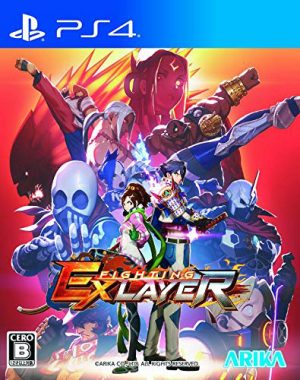
A long time ago, developer Arika made the Street Fighter EX games for Capcom, which brought the classic fighting game series to the third dimension while adding their own original characters. Arika then later produced their own 3D fighting game with more original characters called Fighting Layer. So, what better way for them to make their return to the world of fighting games by bringing their own characters together… in a 2D fighting game. Okay, so it’s kind of a weird concept, but it absolutely paid off. Yes, Fighting EX Layer launched with very few single player options, but that’s just about the only real complaint there is to have about this admittedly awkwardly titled revival. This game’s less neutral game and emphasis on footsies set it apart from other games of the era that tend to minimize such things in favor of a focus on offense and flashy combos and it attains a more deliberate style of gameplay as a result, playing almost like a classic Street Fighter or SNK game. But the best part is undoubtedly the gougi system. This lets players pick one of multiple pre-arranged decks of modifiers for their character once certain conditions are met, ranging from small things like earning meter slightly more quickly to being able to nullify projectiles with heavy normal. The stronger the effect, the higher the activation requirement, but it lasts for the whole match and is sure to change the pace of every match and keep players and spectators alike on their toes. Losing players can make incredible comebacks, characters can gain setups and mixups they would never have otherwise and playstyles can undergo dramatic mid-match shifts, all with the right gougi. The best part is that any deck can be used by any character, which not only allows for a myriad of creative opportunities for players, but ensures that all characters remain balanced. In fact, according to pro FEXL player Geki, every character is a viable choice, with no low-tiers to be found. It’s definitely not the best game on our list, but it’s one of the most dynamic and easily the most balanced.
3. Street Fighter V: Arcade Edition
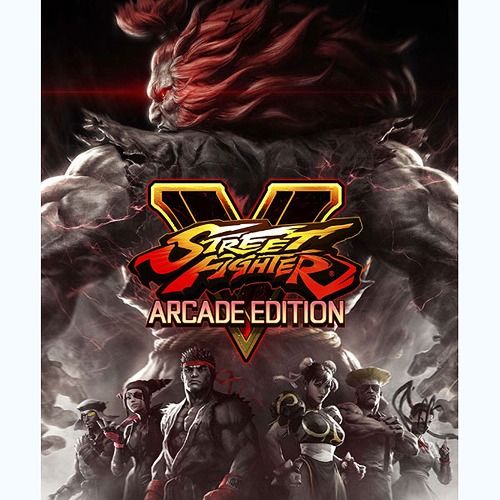
This updated version of Street Fighter V succeeds where many others fail before you even get into a match. It actually showed us what we got for buying a season pass before it decided to charge us for it; it brought back strangely absent fan favorites Sagat, Sakura, Cody, and Blanka while introducing the extremely popular newcomer G; it was an updated release of a current game that was free for people who already had the previous version; it added a second V-trigger to all 32 characters and it had one of the most entertaining seasons of the Capcom Pro Tour from a spectator’s perspective. And once you get into the actual matches it only gets better. Capcom rebalanced the gameplay by reducing the high-input lag and making more character selections and in-match decisions viable. The prevalent Leeroy Jenkins playstyles were being rewarded less while smart and strategic approaches were stronger and thanks to the long overdue addition of the basic single-player content, the solid fighting mechanics praised by the FGC and critics during the game’s sparse launch were finally able to shine. There’s still room for improvement, of course. The netcode has fairly regular low points, defensive options are still generally much weaker than offensive ones and there were still some overpowered characters (looking at you, Cammy). Street Fighter V has come a long way from its mediocre launch, and the newly released season 4 seems to be continuing the trend of improvement. It’s still far from being one of the best in the franchise, but we’re confident that if it had launched in its current state, the game would have achieved the success Street Fighter deserves.
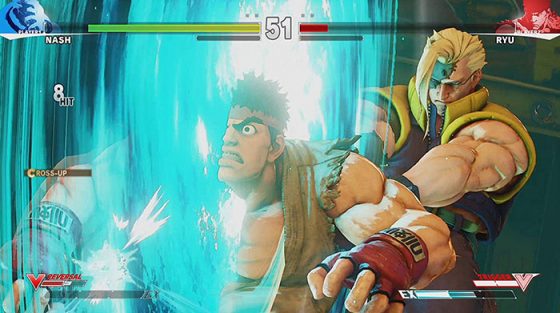
2. Dragon Ball FighterZ
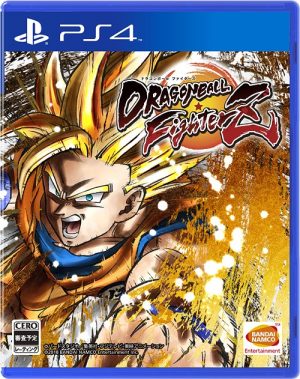
We’ve had a lot of anime games try to make you feel like you’re participating in your favorite show’s action sequences while also being solid fighting games in their own right and they have almost always failed at one or both of those aspects. And then came Arc System Works to make it look easy. Dragon Ball FighterZ is one of the fastest paced games in any genre within recent memory wherein fights seamlessly flow from complex close quarters pugilistics to massive energy blast exchanges and back just like in the milestone series we all know and love. Even the presentation sells the Dragon Ball feel like never before thanks to little things like destructible landscapes and reused sound effects form the show to the animations which painstakingly recreate attacks and poses from the show using 3D models that look even better than the ones in the new Dragon Ball Super movie. And as a fighting game on its own? It was one of the genre’s most rewarding endeavors in years, with combos that only got more fun to learn as they got more difficult, a wide variety of viable team compositions and an ever evolving meta-game whose layered nuance attracted casual and competitive players alike, even ones that otherwise never paid attention to anime fighters or Dragon Ball. It’s quite possibly the best Arc System Works game ever made and a revolution for the anime fighter genre and it would be at the top of the list in almost any other year. But sadly for it, 2018 saw one fighting game rise to even greater heights.
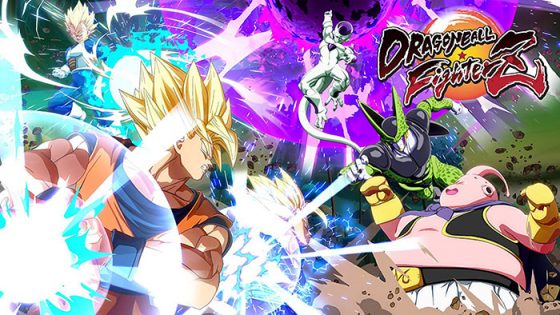
1. Super Smash Bros. Ultimate
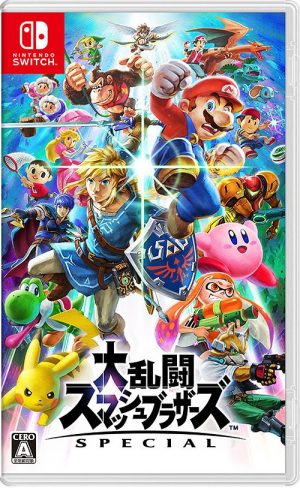
Smash Ultimate isn't the best fighting game of the year because it sold the most, because it set multiple records or because it single-handedly made its console way more popular, but because it went so far above and beyond the call of duty, pushing its roster to numbers hardly even dreamed of, adding beloved third-party characters and stages, expanding on previously seen modes and mechanics more than ever before. This is the game that united the Melee scene with the other players for the first time ever, ending one of the biggest divides in gaming in only about a month. Are all these accomplishments just a coincidence or simply the result of clever marketing? Hell no. Ultimate’s mechanical design appeals to both the casuals and the hardcore, it offers several unique playstyles not seen in any other game and finally brought the series back to the offense-focused angle that made us love it so during the first 2 entries and its cast is balanced incredibly well despite its cast of 74 characters. This is a game that pushed the envelope in every way it could and did so with more finesse than games from studios who almost exclusively make fighting games. It’s as the title describes it: the Ultimate fighting game.
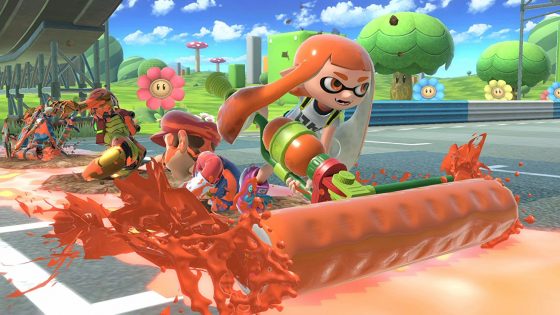
Final Thoughts
From indie darlings to historic crossovers, from classic 2D action to new 3D spins, from casual to complex, it seems like everybody had a fighting game that would appeal to them in 2018, something we only wish happened every year. Thankfully, the future is looking just as bright for the genre in 2019. Mortal Kombat is making a comeback (komeback) with a game that looks like it’s bringing a sophisticated focus on neutral play to the series, Dead or Alive is going in a brave—but risky—new direction, Arc System Works is planning no fewer than 3 new releases, and SNK is taking another step towards getting back into fighting games by finally bringing Samurai Showdown back. Let us know your favorite fighting games of this past year and your most anticipated of this current one, and don’t forget to lab your combos.
[recommendedPost post_id='73657' url='' title='' img='' class='' widget_title=''] [recommendedPost post_id='213625' url='' title='' img='' class='' widget_title='']
Add Comments